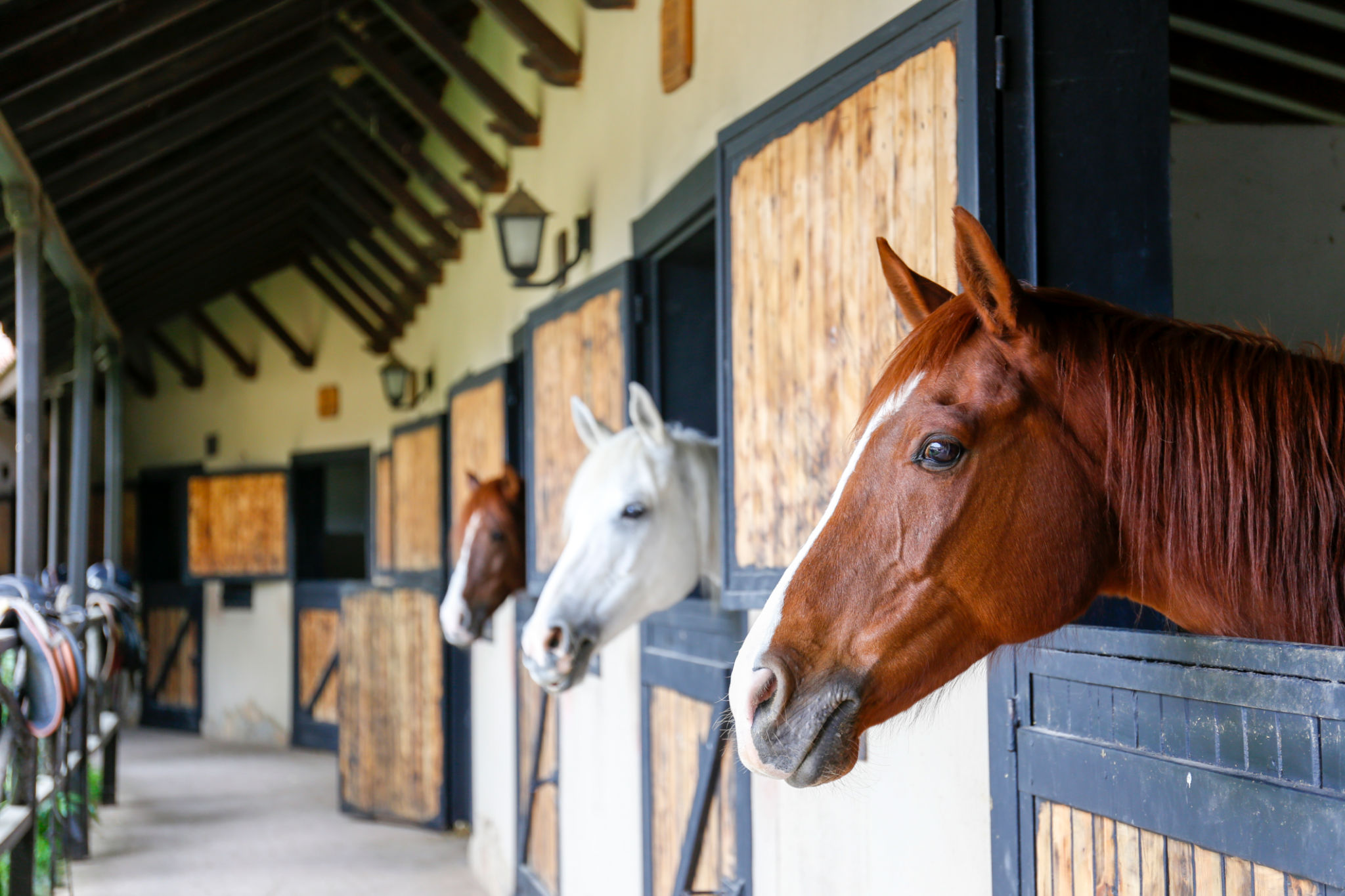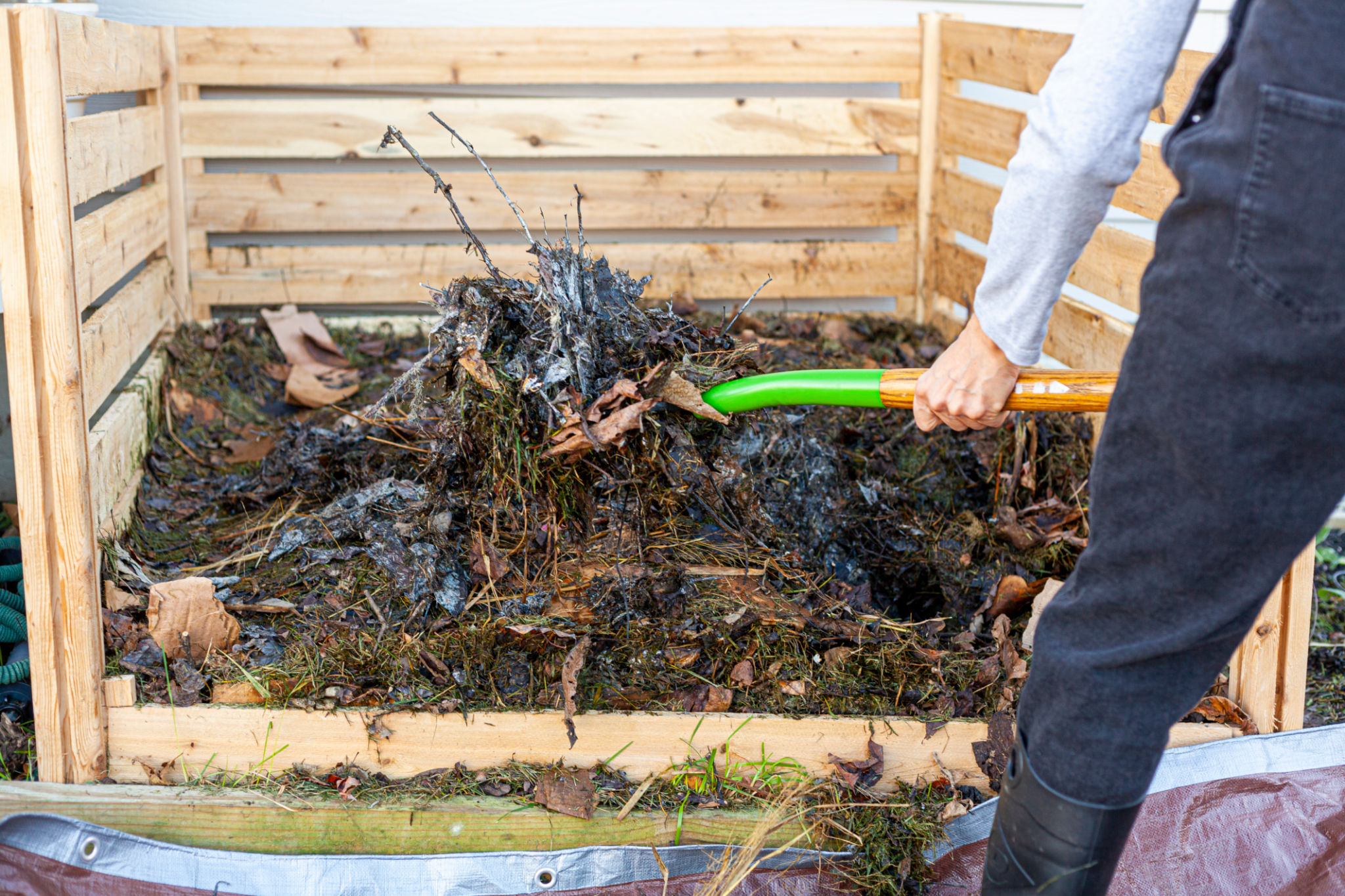Case Study: Successful Equine Waste Management in Large Stables
Introduction to Equine Waste Management
Managing equine waste is a significant challenge for large stables, where the volume of manure and bedding can quickly accumulate. Effective waste management not only ensures a clean and healthy environment for horses but also contributes to environmental sustainability. This case study explores a successful approach to equine waste management implemented by a large stable, providing insights and strategies that can be replicated elsewhere.

The Challenges of Equine Waste
Large stables often face the daunting task of managing tons of waste daily. The primary components of equine waste include manure and soiled bedding, which, if not handled properly, can lead to environmental pollution and health hazards. Additionally, improper disposal can attract pests and create unpleasant odors, affecting both horses and stable staff.
One of the most significant challenges is finding a sustainable and cost-effective way to dispose of or repurpose this waste. Traditional methods, such as landfilling or incineration, are not only costly but also environmentally detrimental. Therefore, innovative solutions are necessary to address these issues effectively.
Implementing a Comprehensive Waste Management Plan
The stable in this case study adopted a comprehensive waste management plan that focused on reducing waste at the source, improving waste separation, and finding beneficial uses for the waste. The first step involved educating staff and horse owners about the importance of waste management and implementing best practices for waste reduction.

Next, the stable introduced a system for separating manure from bedding, which allowed for more efficient processing. By using specialized tools and designated areas for waste collection, the stable could streamline the sorting process, reducing labor and increasing efficiency.
Innovative Waste Reuse Solutions
One of the key components of the stable's waste management success was finding innovative ways to repurpose waste. The stable invested in a composting system that transformed manure and biodegradable bedding into nutrient-rich compost. This compost was then used to enrich pastures and gardens, significantly reducing the need for chemical fertilizers.
Additionally, the stable partnered with local farmers and gardeners, offering the compost as a sustainable soil amendment. This not only created a new revenue stream but also strengthened community relationships and promoted sustainable agricultural practices.

Benefits and Outcomes
The implementation of this waste management plan resulted in numerous benefits for the stable. By reducing the volume of waste sent to landfills, the stable significantly decreased its environmental footprint. Moreover, the use of compost improved soil health, leading to healthier pastures and gardens.
Financially, the stable experienced cost savings from reduced waste disposal fees and generated additional income through the sale of compost. The initiative also enhanced the stable's reputation as an environmentally responsible business, attracting clients who value sustainability.
Lessons Learned and Future Directions
The success of this case study highlights several key lessons for other stables looking to improve their waste management practices. First, education and staff involvement are crucial for implementing effective waste management strategies. Second, investing in technology and systems for waste separation and processing can lead to significant efficiency gains.
Looking forward, the stable plans to explore additional waste reuse opportunities, such as converting manure into biogas for energy production. By continuing to innovate and adapt, the stable aims to further reduce its environmental impact while enhancing operational efficiency.

In conclusion, effective equine waste management is not only achievable but also beneficial for large stables. By adopting comprehensive and innovative approaches, stables can turn waste challenges into opportunities for sustainability and growth.
